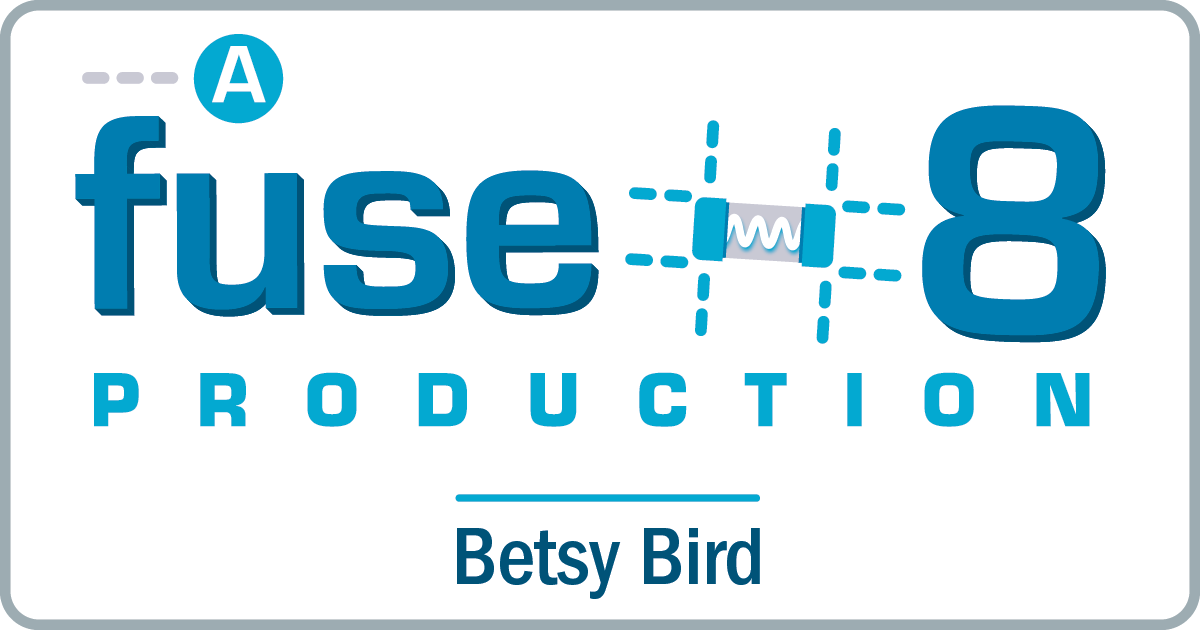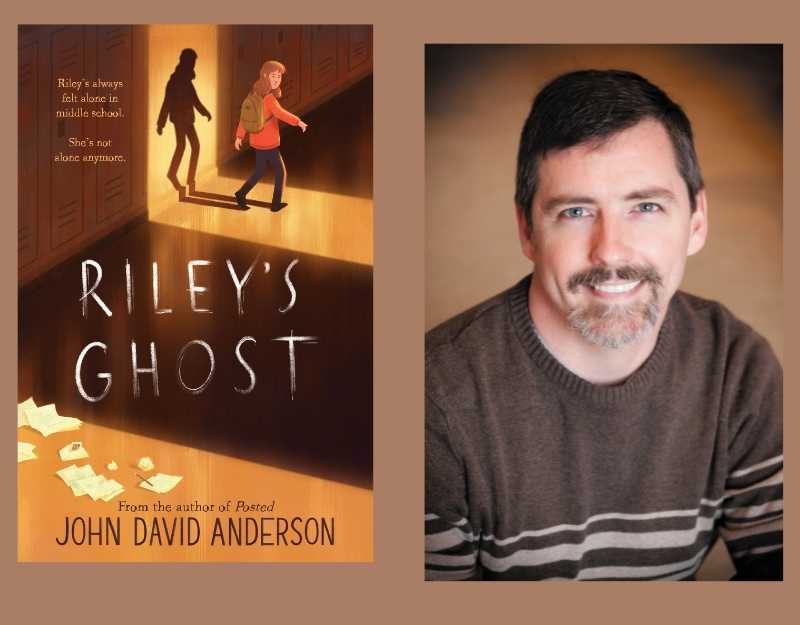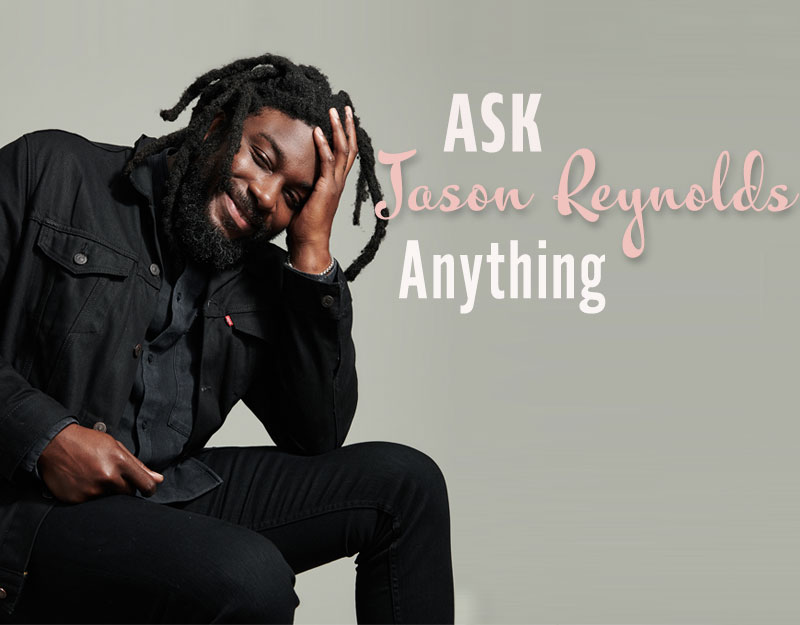Review of the Day: Patina by Jason Reynolds
 Patina
Patina
By Jason Reynolds
Atheneum, an imprint of Simon & Schuster Books
$16.99
ISBN: 978-1481450188
Ages 9-12
On shelves August 29th
You cannot be a children’s librarian or an adult children’s book reviewer if you do not constantly remind yourself that you have to read outside your comfort zone on a regular basis. Our current National Ambassador of Young People’s Literature, Gene Luen Yang, put this far more eloquently when he urged people to partake in the Reading Without Walls Challenge. The rules are simple. You can read about a character that doesn’t look like your, a topic you don’t know much about, and/or a format you don’t usually pick up. I often wonder what would have happened if I’d encountered this challenge as a child. When I was a 9-12 year old I went out of my way to avoid works of realistic fiction that could potentially depress me. But having finished the latest Jason Reynolds title in the Track series called Patina, if I could go back in time and hand my younger self one book that fell squarely outside her comfort zone, I’d probably hand her this. A companion novel to Ghost, Reynolds’s latest takes a long hard look at what it sometimes takes to trust the people around you. Even when they’ve given you absolutely no reason to do so.
Patina has lost a race. Patina is not a good loser. Not good at all. If you knew Patina, this would probably be the first thing you knew about her. The thing is, Patina’s already lost a lot of things in her life. Her dad died when she was pretty young, and her mom nearly died of diabetes after that. She lives with her aunt and uncle, helps take care of her younger sister, and attends this hoity toity school that may be good for her future but is death on her friendships. At least there’s track, though, right? Only now Patina has lost a race and, stranger still, she and her fellow runners are going to be forming relay teams. Now the trick to any team is to synchronize yourself with the people around you. Patina, however, can’t afford to synchronize with anyone in her life. She’s a loner (isn’t she?). Someone who doesn’t need help (are you sure?). And she’s not easily surprised. Not easily, but when it happens then maybe a lot of other things in her life will start to change as well.
ADVERTISEMENT
ADVERTISEMENT
Before we go any further today I would like us to consider the case of The Mighty Miss Malone. Author Christopher Paul Curtis was at the top of his game. Sure he’d had the occasional misfire here and there (his YA never really hit the heights and his Mr. Chickee series wasn’t quite up to his usual standards) but when it came to historical fiction nobody could match him. Bud Not Buddy? The Watsons Go to Birmingham? Elijah of Buxton? The dude was on fire! Of course, there was one thing that ALL his books had in common. They all starred boys. This is, of course, a good thing. Curtis knows boys. Also, do you know how many middle grade novels for 9-12 year olds star African-American boys in a given year? You can usually count the number on your own two hands. So we needed those boys on our shelves. But as he is an artist, Mr. Curtis felt compared to push himself into new territory. So in 2012 he produced the book The Mighty Miss Malone. The hope was to fully flesh out a minor character from Bud Not Buddy. The result was disappointing. Deza, the heroine, is never allowed to save the day. Instead she’s a fairly passive character who watches as her troublemaking younger brother single-handedly rescues the family from despair. So it was with great trepidation that I picked up Patina. The similarities were already in place. Like Curtis, Mr. Reynolds is an award-winning African-American author who had done us the great good of providing us with a plethora of memorable, wonderful black boy characters. And like Mr. Curtis, Jason decided to write a book from a girl’s perspective. So the question I hand to you today is this: Did it work?
Let’s talk a little bit about why Mr. Reynolds wrote Patina in the first place. When Jason was initially approached by a publisher to write a sports book, he was offered “street ball”. A different publisher offered him a series deal where he could pick the sport himself. Sold! So right from the start it was clear that there were four kids in these books that would go on personal journeys. Ghost kicks it off, and Patina makes it clear that Reynolds isn’t afraid to dive into his first female heroine right from the start. Along the way he makes some very specific choices. For example, while there are men and boys in the book, the bulk of the focus, as well as the characters themselves, is on girls. Patina is surrounding by a strong support network of women. She has a birth mother and an adopted mom. She has female track friends, female school friends (by the end), old female friends with whom she keeps in touch, and a sister. At the same time, her life isn’t what you’d necessarily call easy. Patina has to keep an eye on her younger sister, deal with her fancy school, and try not to worry too much about her mom. The author once said about this book (and here I’m paraphrasing), “Patina is about someone who deserves to be a little girl and can’t be.” He’s purposefully working to make Patina the hero of her own book, and happily there are moments in the story where she takes steps to be proactive and solve her own problems.
There was one aspect of the book that bothered me though, and you might well write it off entirely. Now as a character Patina has a dead daddy, a mom with diabetes, and loving stepparents. But as a children’s librarian I’m very used to these overused, very regular, very predictable middle grade tropes. So when I see a female character with a tricky home life going to a posh private school, I’m going to expect one thing: bullying. Reynolds has all the right pieces in place, but he doesn’t go in that direction. It made me pause and think. Bullying in children’s books is all about the mustache twirling (so to speak). But there are different levels in reality. In this book there is a kind of unspoken assumption that Patina is going to shoulder the bulk of the group project she’s assigned. Sometimes the merest of assumptions are the most effective methods of keeping people under your control.
Which is all well and good but it doesn’t lead to a whole lot of conflict for Patina. In Ghost we had a boy trying to outrun his own demons (and failing). Patina, in contrast, isn’t running away from anything specifically. Cleverly, Reynolds changes the focus slightly so that her challenge is working well with others. When you’ve been micromanaging your life, you may have a hard time relinquishing power (or what you interpret to be power) to others around you. The struggle to trust is inherently less exciting than the struggle to maintain control over the self. As a result, Patina” is significantly less exciting than Ghost. In Ghost you had shoplifting, past trauma, bullies at school, fights, and showboating. In Patina there’s a car crash, but very little in the way of interpersonal problems. Patina is told from the start of the book to get a handle on her anger. Which she does. You might expect there’d be a scene where she goes off on someone, and there is one on the track. That moment is then resolved neatly and almost immediately with no long-term repercussions. Heck, her family is 100% supportive of her track running. Even the early chapter book Izzy Barr, Running Star by Claudia Mills made it so that Izzy has to compete for parental interest and attention. So Reynolds is very big on the learning and growing with this book. Not so much the immediate conflicts before that.
Not that it isn’t still a great book. You know that palpable sense of relief you feel as an adult when you’re reading through a title for kids and you come to a part where you realize the book is packed full of amazing writing? I got that here. Owing to its aversion to conflict Patina probably couldn’t be called Mr. Reynolds’s strongest work to date, but at the same time it’s enormously satisfying to read an author that works hard to give a female character a voice, impetus, smarts, and insecurities. In other words, he makes her a real person. A great book for kids that are into realistic fiction, as well as those kids that are willing to trek out of their comfort zones a little to look at a truly great read. A book with a kick.
For ages 9-12.
Source: Galley sent from publisher for review.
Like This? Then Try:
- Izzy Barr, Running Star by Claudia Mills
- Nothing But Trouble: The Story of Althea Gibson by Sue Stauffacher
- The Girl Who Ran: Bobbi Gibb, the First Woman to Run the Boston Marathon by Frances Poletti & Kristina Yee, ill. Susanna Chapman
Filed under: Best Books, Best Books of 2017, Reviews, Reviews 2017
About Betsy Bird
Betsy Bird is currently the Collection Development Manager of the Evanston Public Library system and a former Materials Specialist for New York Public Library. She has served on Newbery, written for Horn Book, and has done other lovely little things that she'd love to tell you about but that she's sure you'd find more interesting to hear of in person. Her opinions are her own and do not reflect those of EPL, SLJ, or any of the other acronyms you might be able to name. Follow her on Twitter: @fuseeight.
ADVERTISEMENT
ADVERTISEMENT
SLJ Blog Network
Happy Poem in Your Pocket Day!
More Geronimo Stilton Graphic Novels Coming from Papercutz | News
Parsing Religion in Public Schools
Environmental Mystery for Middle Grade Readers, a guest post by Rae Chalmers
ADVERTISEMENT








Do you have any more details for the story about Jason turning down the “street ball” book offer? I’m moderating a panel with Jason in a few weeks and I’d love to get him talking about this offer.
Have him tell you the story himself. I don’t want to ruin it and it’s just delightful. Simply prompt him by saying you heard that originally a publisher offered him to write a very different kind of sports series. He’ll take it from there.
Good plan. thanks.